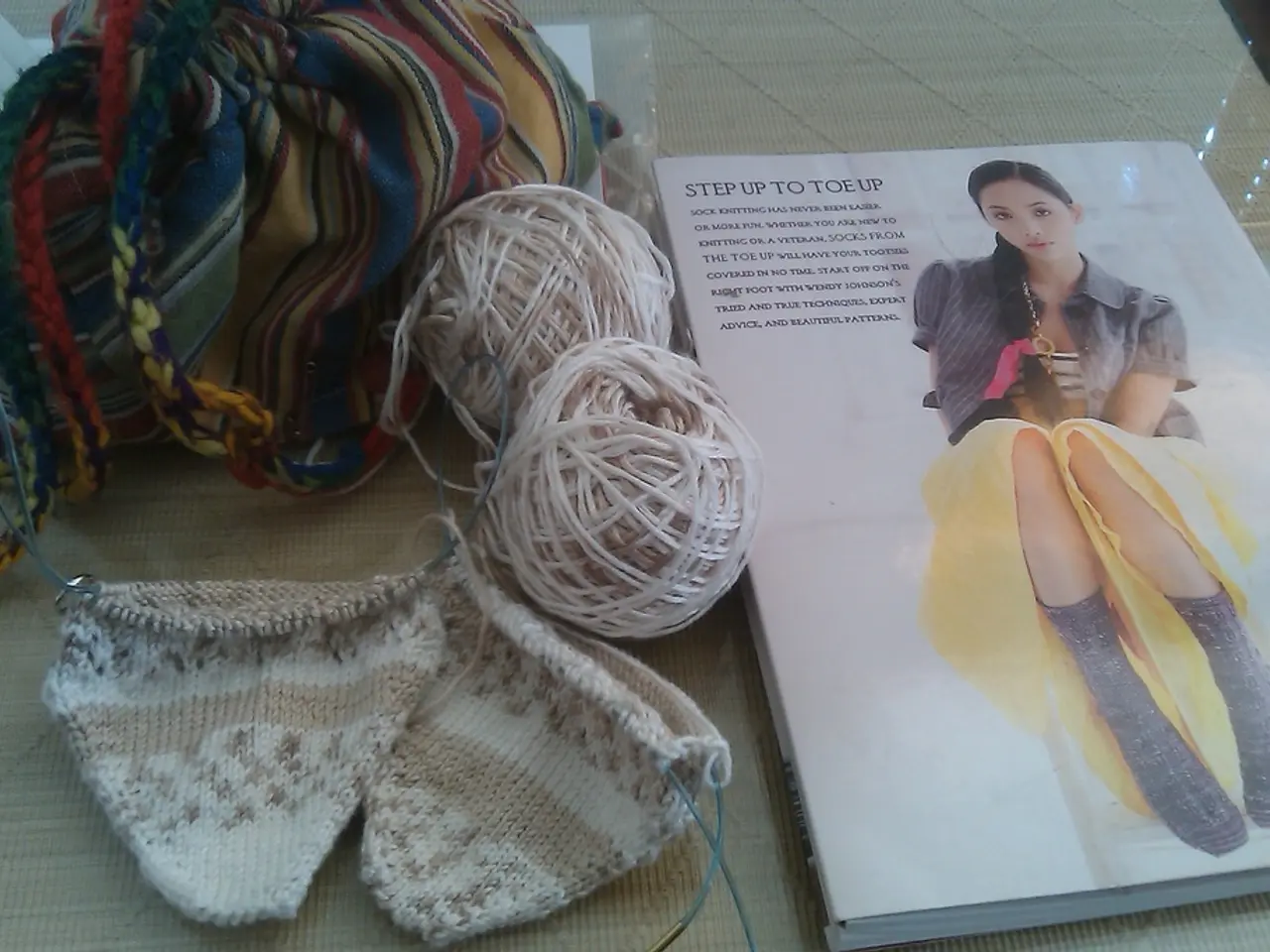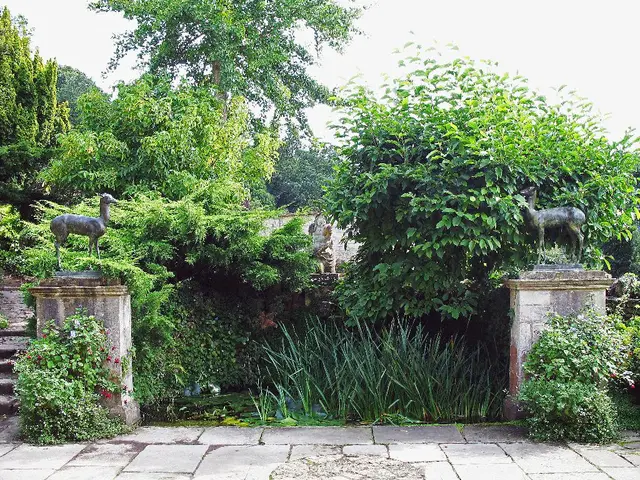Civilized Decorum: The Enduring Significance of the Handkerchief as a Marker of Good Manners
In the annals of history, the handkerchief has undergone a remarkable transformation, transitioning from a symbol of elite status to an everyday item and a fashion accessory. This journey is particularly notable during the Elizabethan era in England.
Originally, handkerchiefs were luxury items, reserved for the elite classes. They were made from fine materials like silk or linen and elaborately decorated. In Elizabethan England, the handkerchief became a prominent fashion accessory among the nobility and wealthy. It was not just a practical item for wiping sweat or tears, but a symbol of refinement and status. Ladies and gentlemen alike displayed embroidered or perfumed handkerchiefs, which were part of courtly dress and etiquette.
The handkerchief's use in this period was entwined with social rituals; it could be waved or presented to convey messages or flirtation, enhancing its role as a fashion and social tool. Over time, handkerchiefs became more widely available and utilitarian, spreading beyond the elite to the broader population. By becoming a common sanitary item and personal accessory, they transitioned into everyday use, often made of simpler fabrics and intended for practical hygiene rather than display.
In subsequent centuries, handkerchiefs maintained some presence as fashion accessories but gradually declined with the rise of disposable tissues. However, their legacy as both a functional item and a symbol of elegance remains rooted in this historic trajectory, starting notably with their important role in Elizabethan court culture.
This evolution reflects broader social changes where items once exclusive to the upper class became democratized and practical for everyday use. The handkerchief's journey is a testament to the enduring allure of this humble accessory, which continues to be in wide usage in Britain despite the invention of paper tissues.
Fast forward to the modern era, and we see the handkerchief making a comeback in the fashion world. In 2021, Christian Dior's brand returned to Scotland 70 years after the last fashion show, under creative director Maria Grazia Chiuri. The brand showcased a collection that included handkerchiefs, reviving the tradition of this versatile accessory in contemporary fashion.
Throughout history, the handkerchief has served various roles - from a symbol of status, a fashion accessory, a social tool, a practical item, to a cultural icon. Its journey reflects the ebb and flow of social norms, fashion trends, and the democratization of luxury items. Despite the rise of disposable tissues, the handkerchief continues to hold a special place in our hearts and wardrobes.
In the modern era, the handkerchief has re-emerged as a fashion accessory, exemplified by Christian Dior's 2021 collection in Scotland, where it featured prominently as part of their contemporary design. Moreover, the versatile handkerchief now finds itself at home in various sectors, such as lifestyle, fashion-and-beauty, and home-and-garden, where it serves both aesthetic and practical purposes.



